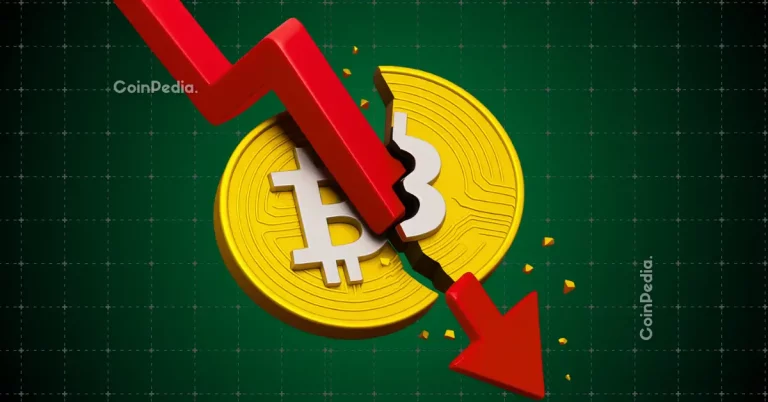
Pi Network’s MiCA Compliance Signals Major Step for European Crypto Expansion
The Pi Network has quietly published a MiCA-compliant white paper, setting the stage for its public trading rollout across the European Union (EU). This strategic milestone solidifies the project’s regulatory credentials, paving the way for institutional adoption and broader market access. Here’s why this announcement is a turning point for the blockchain community—and what it means for crypto investors.
What Does MiCA Compliance Mean for Pi Network?
The Markets in Crypto-Assets Regulation (MiCA), which took effect in 2024, offers a unified legal framework for crypto assets within the EU. Pi Network’s latest white paper aligns with this framework, making it eligible for pan-European exchange listings.
Critical highlights from Pi’s MiCA filing include:
- Full transparency regarding tokenomics, key risks, and technical design.
- Commitment to self-custody, facilitating user control via the Pi Wallet.
- Explicit separation between SocialChain (its app management) and PiBit (token operations) for regulatory clarity.
These steps ensure that Pi Network is positioned as a trusted, compliance-ready blockchain, capable of fulfilling Europe’s stringent crypto regulations.
European Market Entry and Institutional Credibility
Pi Network’s strategy includes accessing MiCA-compliant exchanges such as OKCoin and OKX. With licenses in key EU nations like Germany, France, and Italy, the project is primed for continent-wide adoption.
Additionally, Pi has strengthened its standing with institutional investors. The debut of Valour Pi ETP, an exchange-traded product listed on Sweden’s Spotlight Stock Market, is a pivotal move. Offering regulated access to Pi cryptocurrency with a hedged investment vehicle, this ETP ensures credibility while broadening adoption in traditional investment circles.
The $100 Million Venture Fund: Pi Ecosystem Growth
As part of its expansive vision, Pi Network has established a $100 million venture fund dedicated to ecosystem development. This fund will drive innovation and encourage the growth of decentralized applications (dApps) within Pi’s community. Combined with its regulatory transparency, the initiative is expected to attract global partnerships and institutional trust.
What’s Next for Pi Investors?
The MiCA filing clarifies the legal status of Pi Tokens, reaffirming that its supply has been distributed through mining and community participation, rather than through an Initial Coin Offering (ICO). With secondary market liquidity pools on the horizon, trading activity is anticipated to pick up across compliant exchanges.
Pi holders can also look forward to increased transparency and trust within the marketplace. As of now, the PI coin price has already climbed 10%, trading at $0.2433—a clear reflection of the growing market interest in this groundbreaking development.
Enhance Your Trading Strategy
If you’re looking to diversify your investment portfolio, consider crypto-specific hardware wallets like the Ledger Nano X (available here) for safe private key management. With MiCA’s emphasis on self-custody, using a secure wallet aligns perfectly with Pi Network’s compliant ecosystem.
Final Thoughts
Pi Network’s alignment with MiCA regulations is a landmark development for the European crypto market. By prioritizing compliance, transparency, and technological innovation, Pi demonstrates its readiness to operate as a leading blockchain project. Whether you’re an investor, developer, or crypto enthusiast, this move solidifies Pi Network as a player to watch in 2025 and beyond.



